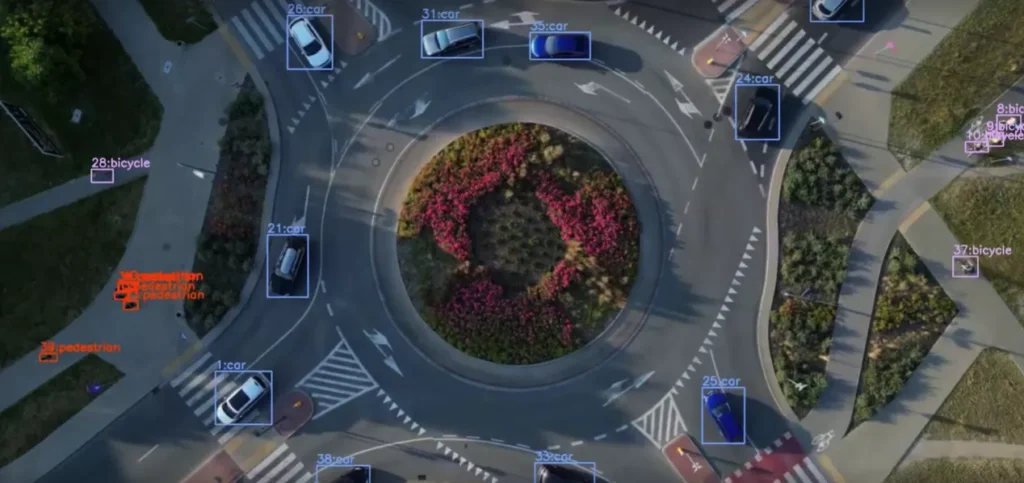
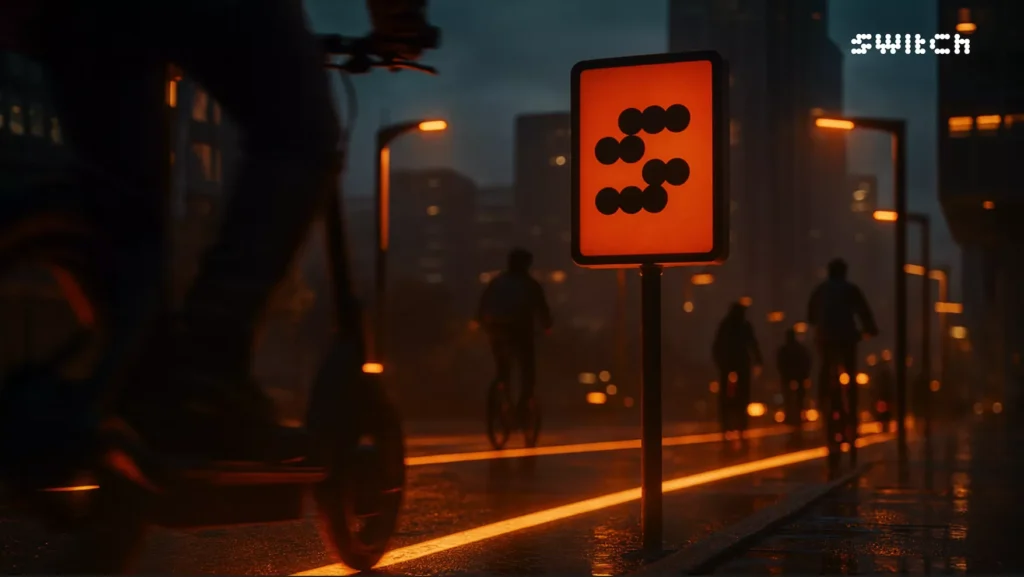
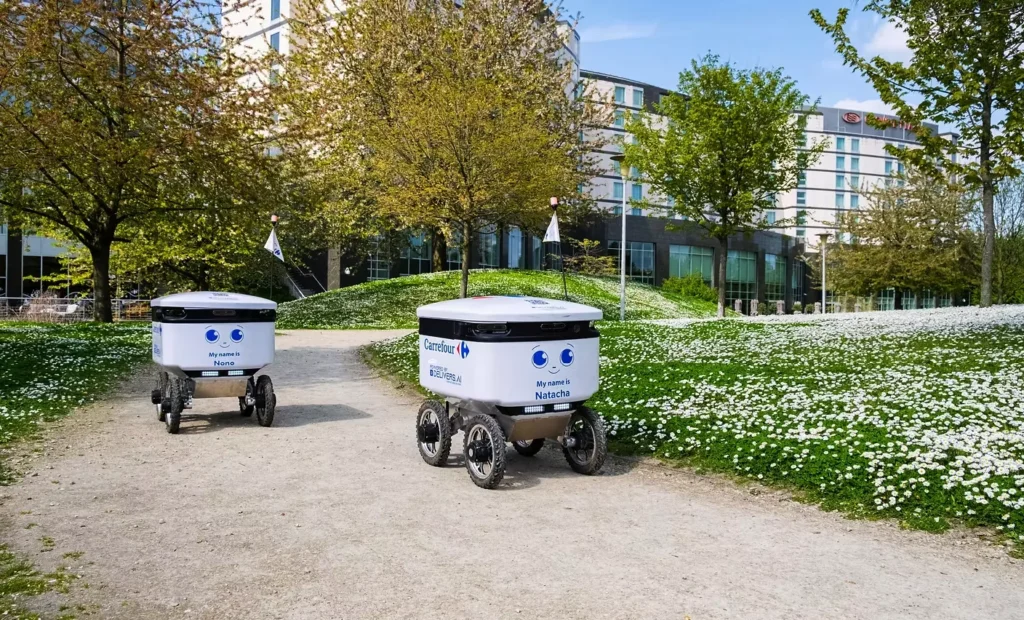
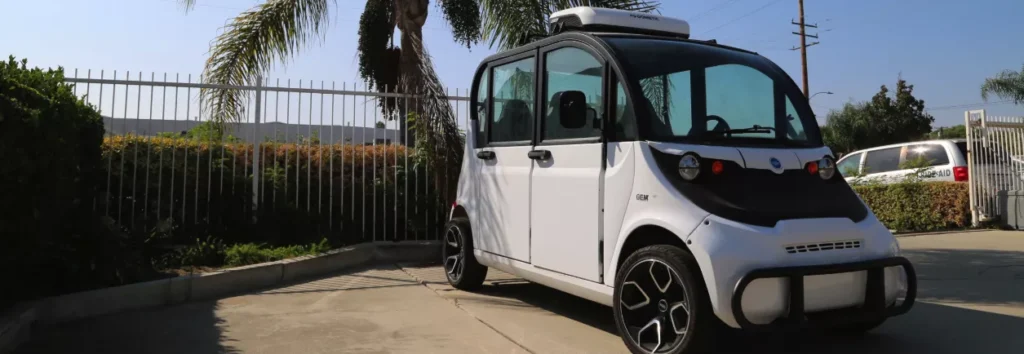
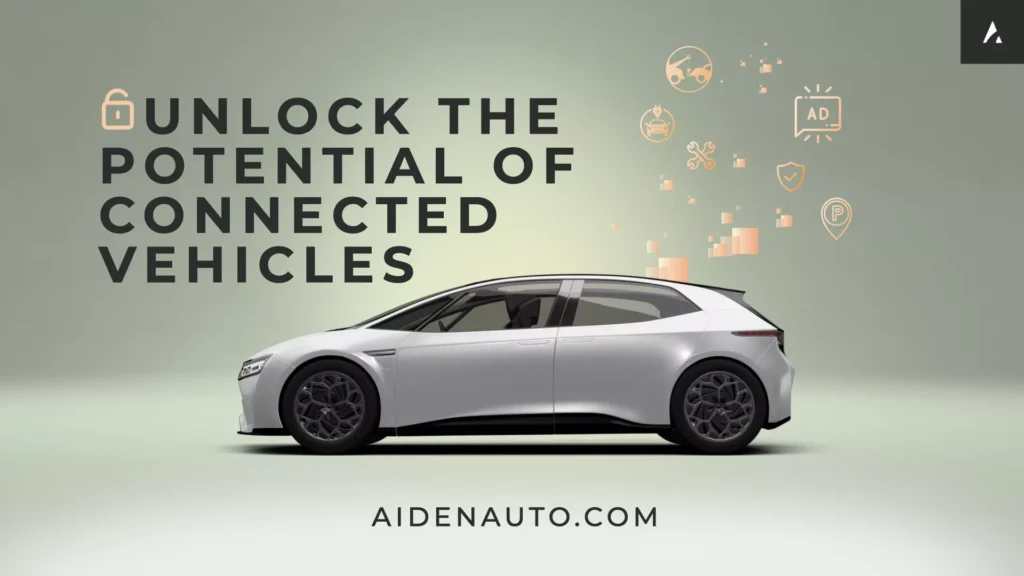





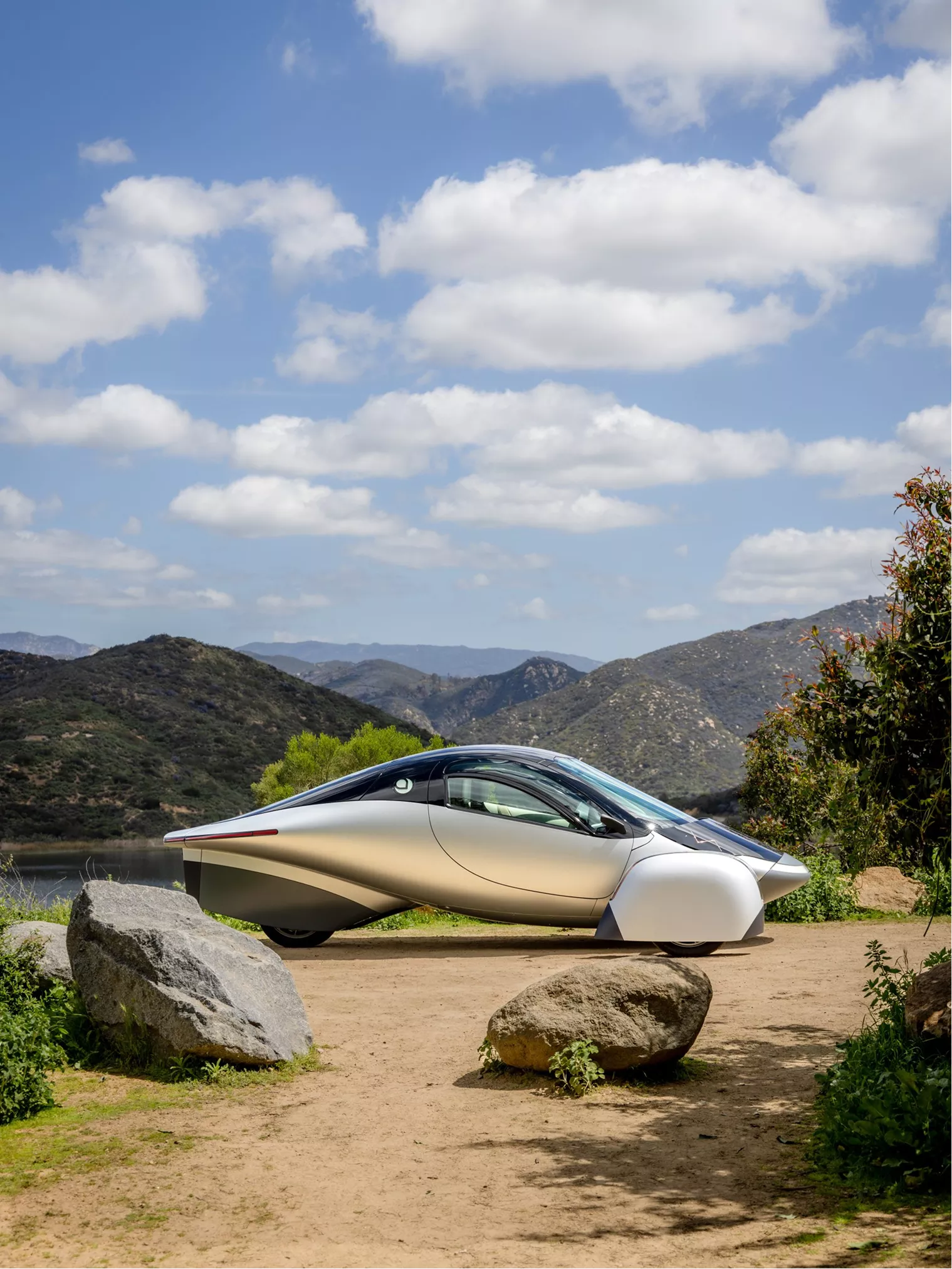
From EVs and batteries to autonomous vehicles and urban transport, we cover what actually matters. Delivered to your inbox weekly.
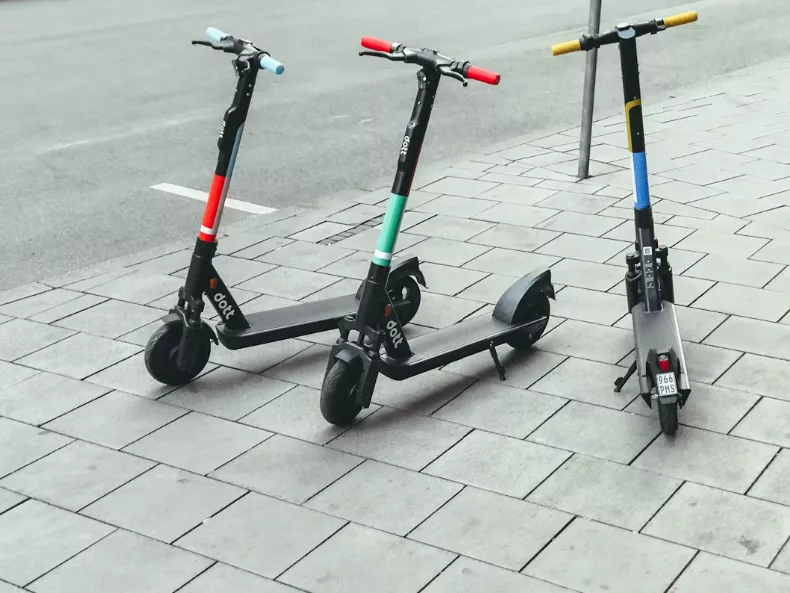
Big moves in small vehicles.
This week, two of Asia-Pacific’s top micromobility players — Neuron and Beam — announced a merger, creating the region’s largest shared e-scooter and e-bike operator.
With operations in over 100 cities and a massive combined fleet, this is a signal that consolidation is here, and the next phase of micromobility will be defined by logistics power, regulatory leverage, and cross-market resilience.
From mergers to new funding, batteries to bots — micromobility is evolving fast.
Let’s break down the news shaping what comes next.
Today, we’re shedding some light on our friends from MOBY Bikes!
With their fleet of dockless e-bikes, MOBY is changing how urban transport works across Europe, making bike-sharing more accessible, affordable, and efficient. Their focus? Sustainable mobility that works in harmony with public transit, reducing congestion and emissions.
As cities push for fewer cars and more shared mobility, companies like MOBY are proving that two wheels might be all you need.
Learn more about MOBY Bikes here 👈
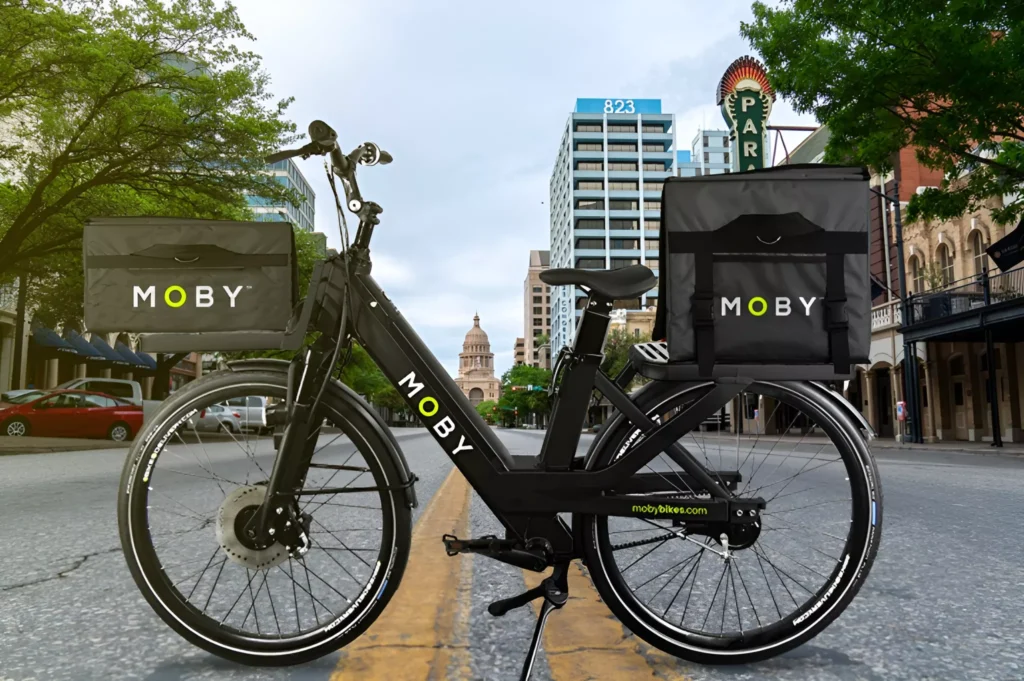
The first wave of micromobility was messy. Operators raced into cities with fleets of dockless scooters and bikes, burning VC cash to win market share.
It worked — until cities pushed back, hardware costs piled up, and unit economics caught up with everyone.
Beam and Neuron were two of the more disciplined players. Instead of chasing blitz-scale growth, they built deep relationships with city governments, prioritized rider safety, and developed their own proprietary vehicles.
This week’s merger between Neuron and Beam brings that approach full circle. Together, they’ll serve 100+ cities across APAC, with a stronger balance sheet and more leverage in regulatory negotiations.
But it’s not just a Beam-Neuron story.
Cities are beginning to see micromobility as key city infrastructure.
The Beam–Neuron merger sets the tone for what comes next: fewer players, tighter integration, and a push for profitability at scale.
Expect to see:
Micromobility now defines how cities move — and who gets to shape that system.
We have some catching up to do.
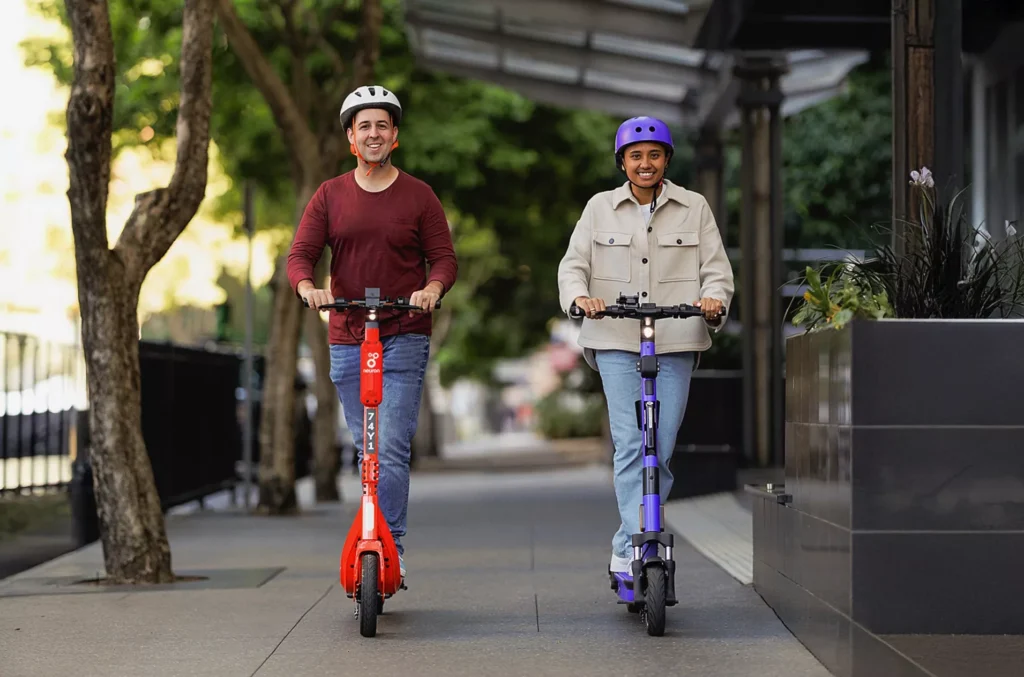
🧬 Beam + Neuron Merge, Form APAC Giant
The two biggest shared mobility players in Asia-Pacific are now one. Together, they cover 100+ cities and plan to scale battery swapping, rider insurance, and fleet safety programs. The deal reflects the shift from city-by-city battles to regional strategy. (Beam Mobility)
🛵 Rivian Spinoff “Also” Hits Unicorn Status
Also Inc., a micromobility startup spun out of Rivian, just raised $200M from Greenoaks Capital, hitting a $1B valuation. The company plans to build micro-EVs of all shapes and sizes, with first designs expected later this year. (TechCrunch)
🧾 Finland Tightens E-Scooter Rules
Finland rolled out new e-scooter laws ahead of Midsummer, setting a minimum riding age of 15, a 0.5g/l blood alcohol limit, and giving cities more control via micromobility licenses and permit requirements for rental firms. (Pure Electric)
🛵 Netherlands Mandates License Plates for E-Scooters
As of July 1, e-scooters in the Netherlands must be registered and display license plates to ride legally on public roads. The update classifies them as special mopeds, with registration fees of €18 for existing scooters and €50 for new ones. (Voltes)
🛑 Lime Exits Brussels After Losing Permit Battle
Lime has pulled 6,000 e-scooters and bikes from Brussels following a July 7 court ruling upholding the city’s decision to limit operators. The new rules cut fleet size from 20,000 to 8,000 and allow only three providers: Bolt, Dott, and Voi. (Euronews)
🇮🇹 Italy Introduces Mandatory Helmets and Plates for E-Scooters
A new national decree now requires all e-scooter users in Italy — regardless of age — to wear helmets and attach official license plates. The plates follow a standardized alphanumeric format and must be permanently fixed to the vehicle. (First Online)
Everyone talks about the future of micromobility, but the biggest moves are happening right now, behind the scenes.
Let’s break down the Beam + Neuron merger and why it marks a turning point for shared mobility in dense urban markets.
🚫 Reality: Cities want fewer, tightly regulated providers.
From Brussels cutting its operator count from 7 to 3, to Paris banning e-scooter sharing altogether, municipalities are dialing back the chaos. New rules in Finland, Italy, and the Netherlands show governments tightening control — age limits, license plates, mandatory helmets, alcohol limits, fleet caps.
Neuron and Beam, both already licensed across 100+ cities, now have the combined compliance playbook to win these tenders. Smaller players can’t afford this level of operational complexity or legal oversight. That’s why consolidation is not just inevitable — it’s necessary to stay on the streets.
🚫 Reality: It’s about localized ops, safety compliance, and tech-backed enforcement.
Neuron built proprietary scooters with safety-first features like swappable batteries, geofencing, and voice alerts. Beam leaned into digital parking zones, city control panels, and rider behavior monitoring.
Merged, they now offer cities a blend of hardware reliability, software governance, and street-level execution. In markets like Australia, South Korea, and New Zealand, that’s a winning combination — not more scooters, but smarter, better-behaved ones.
🚫 Reality: We’re deep into the post-boom clean-up.
Investors are backing fewer, stronger players. Lime’s withdrawal from Brussels this week is a textbook example — losing a city permit meant pulling 6,000 vehicles in a single day. The winners are no longer whoever gets there first, but whoever builds lasting relationships with regulators and solves urban mobility challenges at scale.
Neuron + Beam together may soon expand into Europe with this playbook — and they’re not alone. Dott, Voi, Tembici, Superpedestrian — all are positioning for regional dominance as this market matures.
As cities demand more control, and regulations get tougher, only a handful of players will remain — the ones who treat fleet management like public infrastructure, not a growth hack.
Expect fewer logos on your streets — but better service, safer rides, and tighter alignment between operators and city goals.
“5 Reasons to Be Super Optimistic About the European Mobility Sector in 2025”
Despite headlines about shutdowns and regulations, the European mobility sector is thriving under pressure. This piece from Zag Daily lays out why — from smart legislation to new funding flows and a shift in how cities plan for shared transport.
It’s a solid counterbalance to the doom-and-gloom narrative. If you work in mobility, policy, or transport design, this one’s worth your time.
Europe’s e-scooter scene has been in flux lately:
📉 Lime pulled out of Brussels
📛 Italy and the Netherlands rolled out license plate mandates
🪖 Finland introduced stricter safety rules
🏙️ Cities are slashing fleet sizes and kicking out operators
But this isn’t a collapse. It’s consolidation and maybe even progress.
We’re moving past the free-for-all phase where anyone with a scooter and an app could flood the streets. Cities are demanding accountability, safety, and real integration into transport networks. The companies that adapt will survive. The ones that don’t? Probably shouldn’t.
In short: micromobility’s wild west era is ending. The next chapter is infrastructure, public-private coordination, and fewer but better services.
📬 Hit reply and tell us: Do you think this new phase will improve city transport, or stifle innovation?